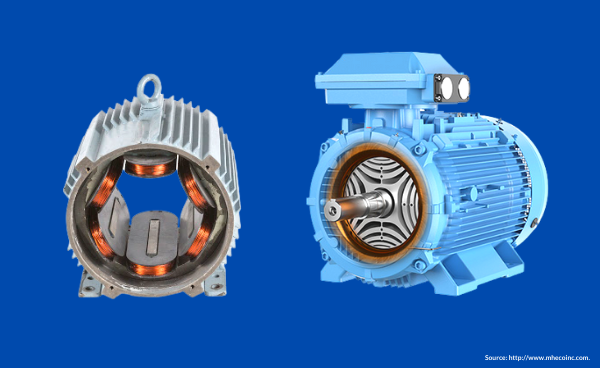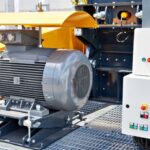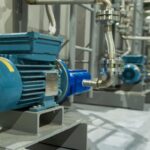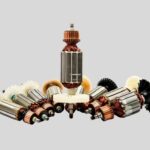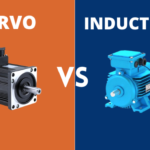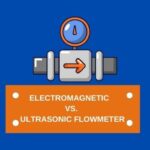Construction and working principle of switched reluctance motor (SRM)
What is switched reluctance motor?
The switched reluctance motor (SRM) is an electric motor that runs by reluctance torque. Unlike common brushed DC motor types, power is delivered to windings in the stator (case) rather than the rotor. Switched Reluctance Motor (SRM) is also known as Variable Reluctance Motor.
The property of a magnetic circuit of opposing the passage of magnetic flux lines, equal to the ratio of the magneto motive force to the magnetic flux.
Due to higher efficiency, magnet-less operation, and simple mechanical structure, SRM becomes the most preferable electric motor for latest electric vehicle applications. A recently advanced version of SR technology has been used to power Tesla Model 3 electric car and claimed a significant increase in range (efficiency) compared to the induction motor used in Model S.
Working Principle of switched reluctance motor
This motor works on the principle of variable reluctance. This means, the rotor always tries to align along the lowest reluctance path.
As we know that magnetic flux have a tendency to flow through lowest reluctance path, therefore rotor always tends to align along the minimum reluctance path. This is the basic working principle of Switched Reluctance Motor or Variable Reluctance Motor.
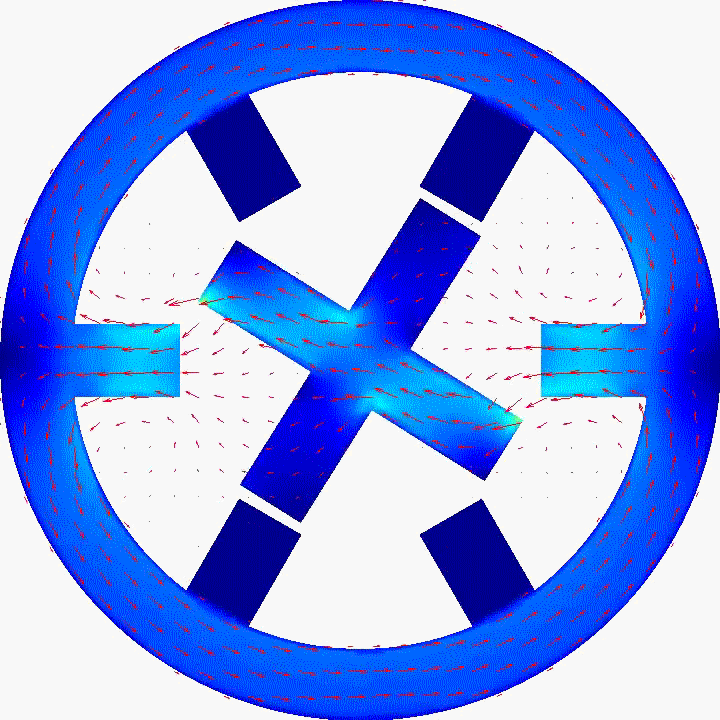
Construction of SRM
Variable Reluctance Motor or Switched Reluctance Motor has two different constructions:
1) Singly Salient Construction
2)Doubly Salient Construction
Stator and rotor magnetic circuits are laminated to reduce the core losses in both type of SRM.
The SRM is constituted by a stator with concentrated windings disposed around polar cores and by a rotor composed by salient poles free of windings or magnets. Normally, each stator phase is composed by a couple of windings diametrically opposed.
In Figure 1 a SRM configuration of 6 stator poles and 4 rotor poles is shown, That is the configuration of reference .
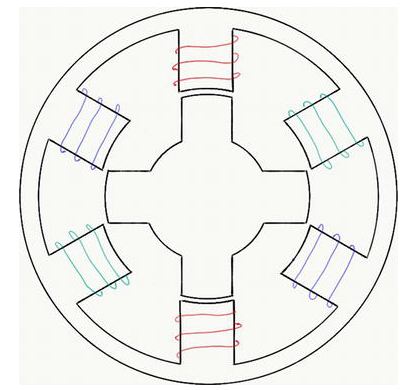
Image Source : www.intechopen.com
When a stator phase is magnetized, a closed magnetic field is generated between the stator, the air gap and the rotor.
This magnetic field tends to minimize the reluctance by reducing the air gap which creates a rotor movement. When a stator pole is aligned with a rotor pole, it is said that they are in the position of minimum reluctance, and when they are completely unaligned, it is said they are in the position of maximum reluctance.
This characteristic of the motor makes it possible to create a rotational movement of the rotor by magnetizing and demagnetizing each phase in the right position of the rotor.
SRM Motor Characteristics
Characteristics of SRM motor are listed below,
- Synchronous operation.
- Low-cost motor due to simple and magnet-free construction.
- More suitable for high-speed/power density applications.
Advantage of SRM
Advantages of switched reluctance motor are listed below,
- It does not require an external ventilation system as the stator and rotor slots projected. The airflow maintained between the slots.
- The rotor does not have winding since therefore no need to keep the carbon brush and slip ring assembly.
- Since the absence of a permanent magnet, such motors are available at a cheaper price.
- A simple three or two-phase pulse generator is enough to drive the motor.
- The direction of the motor can be reversed by changing the phase sequence.
- Self-starting and does not require external arrangements.
- Starting torque can be very high without excessive inrush currents.
- High Fault Tolerance.
- Phase losses do not affect motor operations.
- High torque/inertia ratio.
- High starting torque can be achieved.
Disadvantage of Switched reluctance motor
Disadvantages of switched reluctance motor are listed below,
- Creates Torque ripple at high-speed operation.
- The external rotor position sensor is required.
- Noise level is high.
- At a higher speed, the motor generates harmonics, to reduce this, we need to install larger size capacitors.
- Since the absence of a Permanent Magnet, the motor has to designed to carry a high input current. It increases the converter KVA requirement.
Application of SRM
The simple motor structure and inexpensive power electronic requirement have made the SRM an attractive alternative to both AC and DC machines in adjustable-speed drives.
Few of such applications are listed below,
- General-purpose industrial drives
- Application-specific drives: compressors, fans, pumps, centrifuges;
- Domestic drives: food processors, washing machines, vacuum cleaners;
- Electric vehicle application;
- Aircraft applications;
- Servo-drive.

